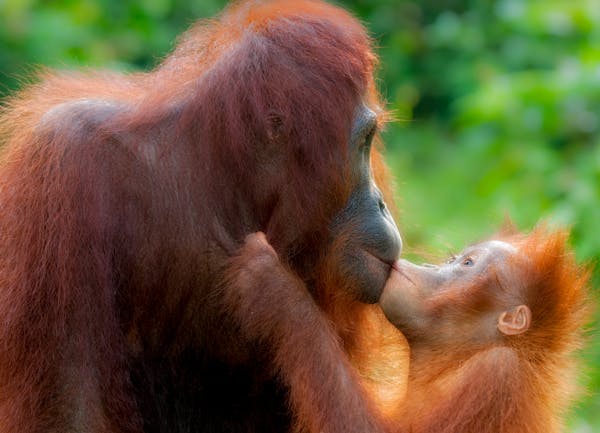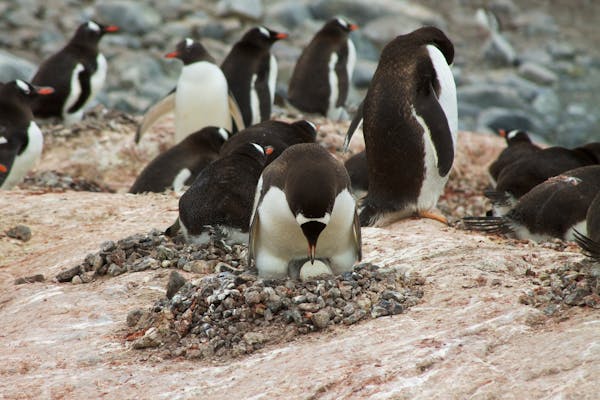Celebrating queerness, gender expression, and sexual diversity in the natural world
Our shared planet is home to billions of species, each contributing to a tapestry of diversity. Within this abundance, life manifests in various embodiments, gender expressions, family structures, and sexual strategies. What astonishes us is that even among well-known species, relationships often extend beyond the conventional norms centered around reproduction. Indeed, queer behavior is a widespread occurrence in the natural world!
Seasonal bisexuality in the animal kingdom
In the coniferous forests of Northern Europe and Siberia, both male and female red squirrels engage in homosexual mating with multiple partners outside the breeding season. This “seasonal bisexuality” is also observed in red foxes across the Northern Hemisphere. While males typically display equal preferences for female and male partners, females are more commonly oriented toward same-sex relationships. In certain communities, up to 95 percent of females do not reproduce in their lifetime. Bonobo apes, too, exhibit predominantly bisexual behavior, with same-sex female relationships forming the bedrock of their social hierarchy.
.jpg)
Red foxes (Vulpes vulpes) have been observed partaking in “seasonal bisexuality.” Image Credit: © 12qwerty | Dreamstime.com.
Strong bonds beyond sexual dynamics
Interestingly, sexual dynamics are not the primary determinant of the strongest family bonds found in Nature. Female grizzly bears often co-parent their young with several other mothers. The cubs respond to the aid and commands of their mothers with equal respect. Giraffes also exhibit similar behavior, establishing nursery groups for their calves. These groups allow adult females to take turns watching over the young ones and enjoy moments of solitude while feeding.
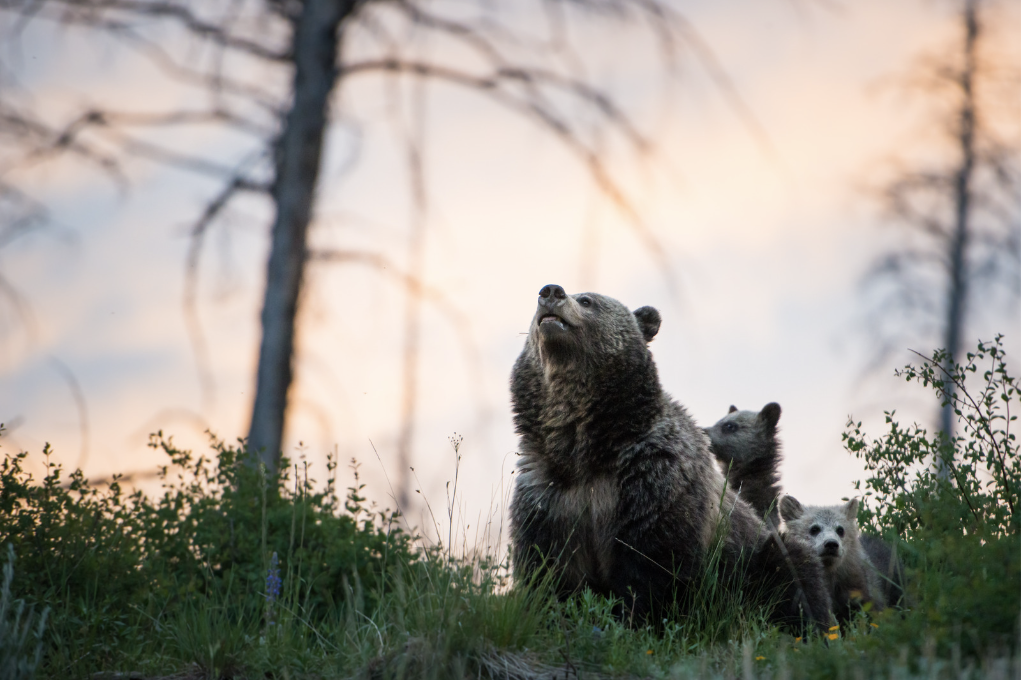
Grizzly bear (Ursus arctos horribilis) mothers have been found to co-parent, helping raise other's cubs. Image Credit: Jillian Cooper from Getty Images via Canva Pro.
Fluid gender expressions in the wild
Gender expression, too, showcases fluidity in the wild. Avocado trees seamlessly transition between male and female reproductive phases within a span of 36 hours. During the day, they unfurl pollen-producing flowers, while by night, they bloom with pollen-receiving buds. The striped parrotfish exhibits five distinct genders, and within their species, transsexuality is so commonplace that its absence is considered an anomaly. Additionally, fungi exhibit over 23,000 unique forms of embodiment alongside numerous asexual and nonsexual methods of reproduction. Sociologist Myra J. Hird eloquently captured the essence of mushrooms, stating, “there are so many genders, so little time.”

Striped parrotfish (Scarus iserti) showcase five unique genders. Image Credit: © Peter Leahy | Dreamstime.com.
Lifelong same-sex partnerships
Bottlenose dolphins, flamingos, and greylag geese establish lifelong male partnerships, sometimes even forming triads. These same-sex relationships are prevalent among approximately three-fourths of male dolphins. Among greylag geese, roughly 20 percent form same-sex couples, who often assume high-ranking positions within the flock's social structure. Male flamingos also engage in shared parenting as they incubate orphaned eggs, oversee hatching, and raise foster chicks. Parenting responsibilities are equally distributed among two or three adults.
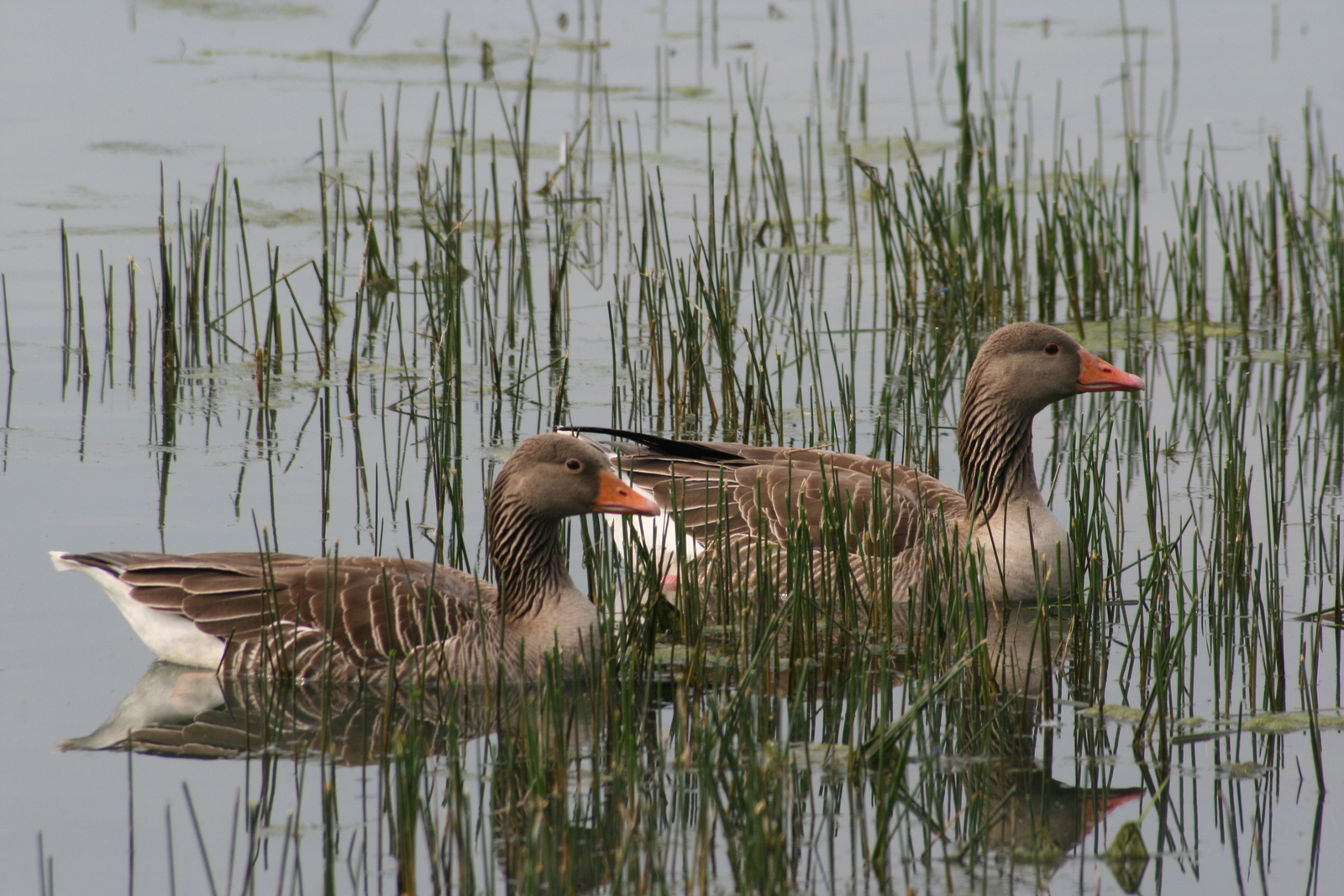
Pairs of same-sex greylag geese (Anser anser) often assume high-ranking positions within the flock's social structure. Image Credit: © Pkemp | Dreamstime.com.
Embracing the beautiful diversity of Nature
Countless other species defy the conventional notions of sexuality, gender expression, kinship, and societal and family structures. These examples affirm a world that refuses to fit into neat categories, constantly evolving and embracing its beautiful diversity. They serve as a reminder that our human perspectives typically fall short of capturing the full breadth of the natural world. By understanding and appreciating queer ecology, we expand our horizons and redefine our notions of relationships, life, and love on this wondrous planet.
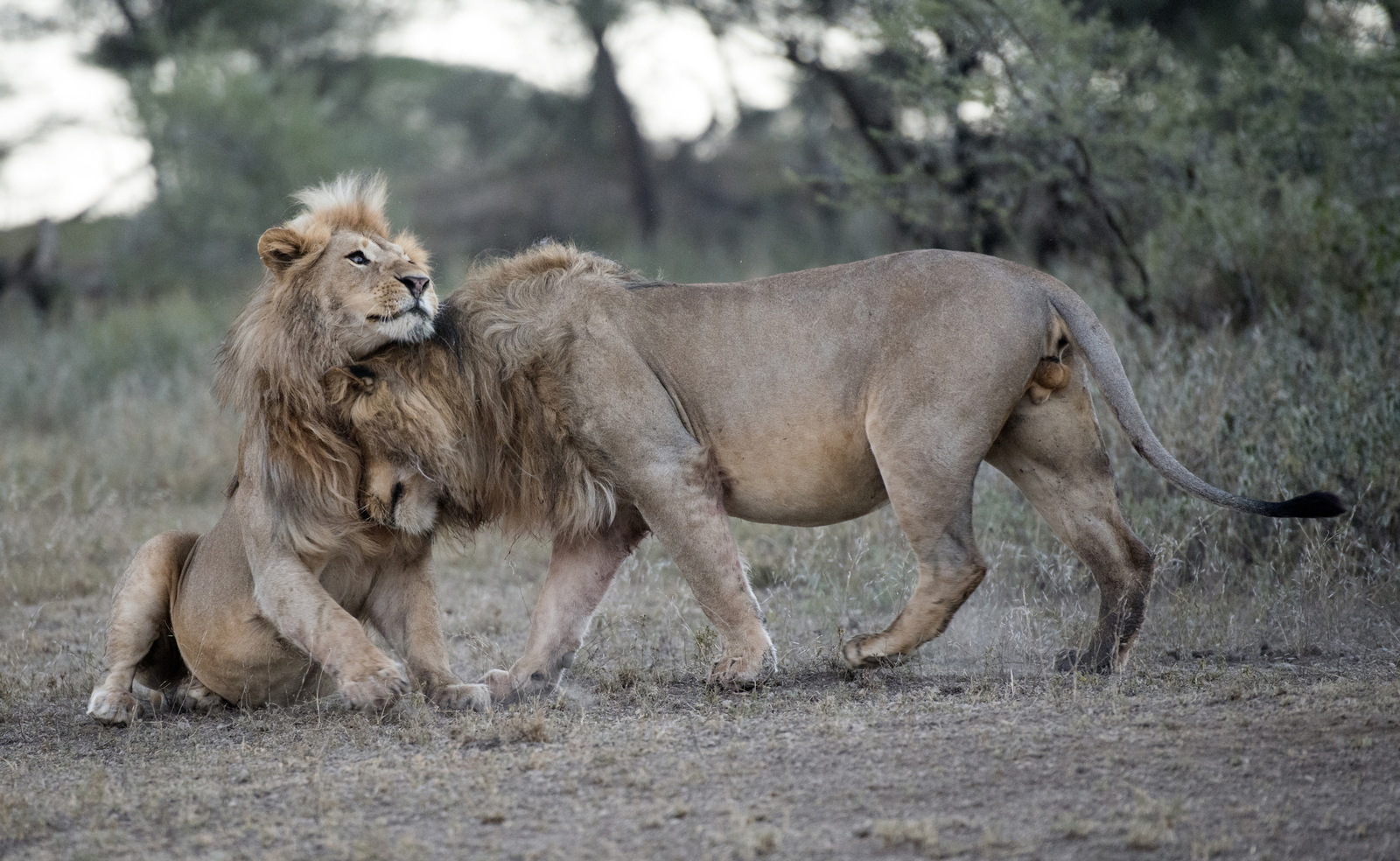
Two male lions (Panthera leo) greeting in Serengeti National Park, Tanzania, Africa. Image Credit: © Johncarnemolla | Dreamstime.com.
Celebrating the vibrant tapestry of life
Let us come together to celebrate the magnificent diversity that thrives in our wild and beautiful home. Each creature, with its unique expressions of queerness, gender, and sexuality, contributes to the vibrant tapestry of life. In embracing and cherishing this diversity, we honor the intricate interconnectedness that defines our shared existence.
Support Nature Conservation.jpg?auto=compress%2Cformat&w=1440)

